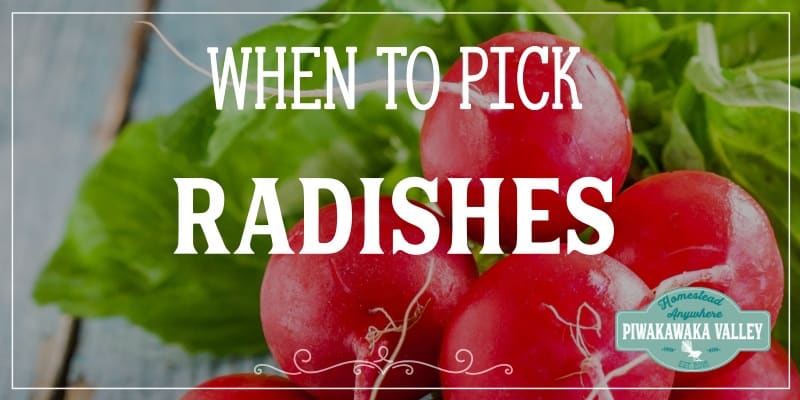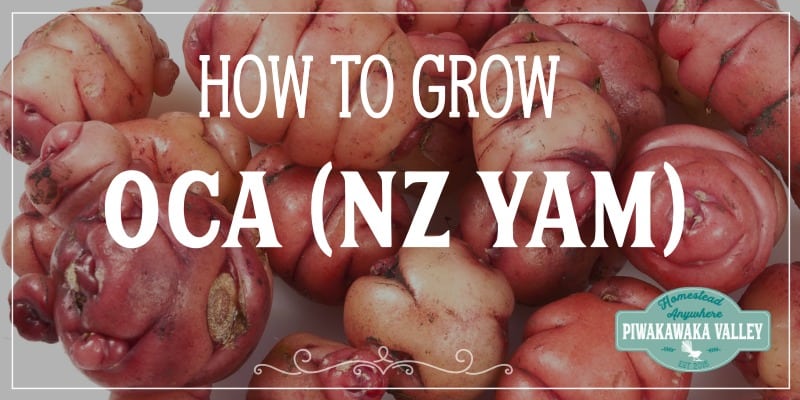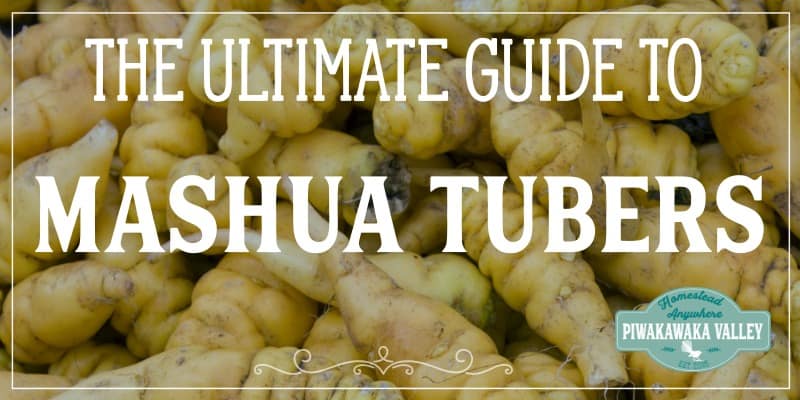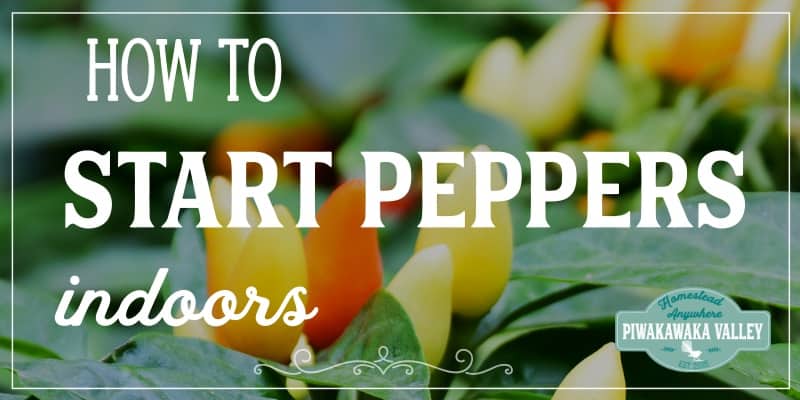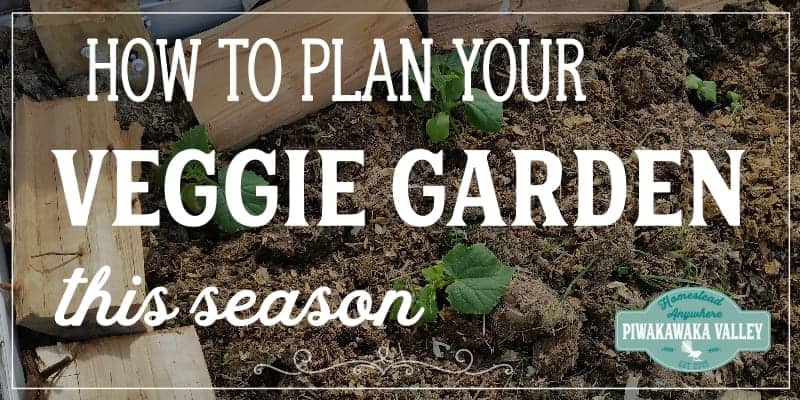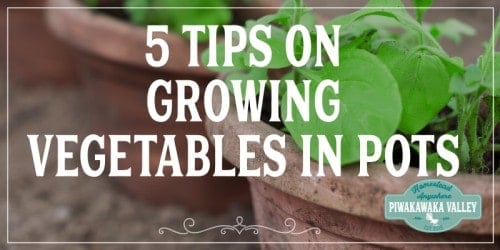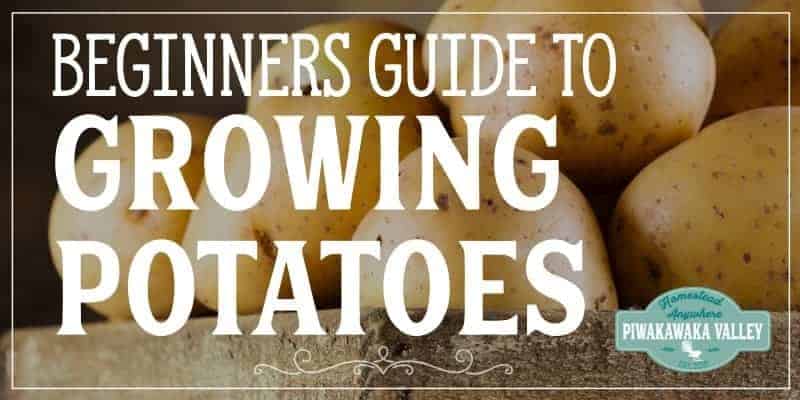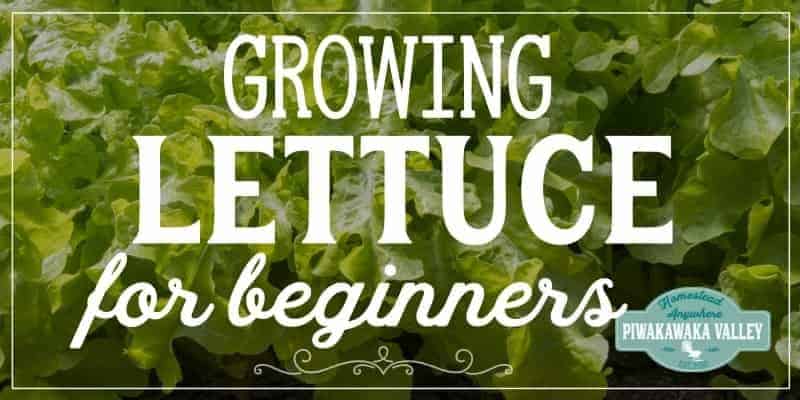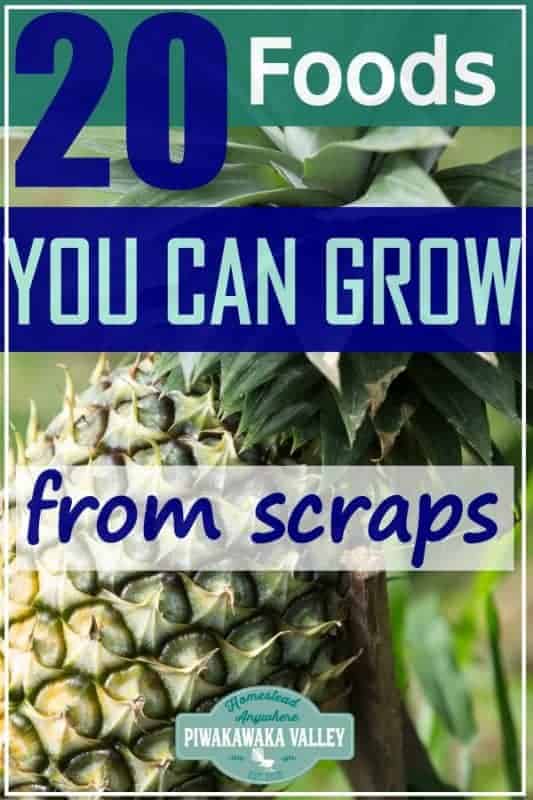This post was most recently updated on March 10th, 2021
Fruits and vegetables are not cheap to buy. Did you know that you can regrow many fruits and vegetables from scraps and save a ton of money in doing so?
Please read: This information is provided for educational purposes only and is not intended to treat, diagnose or prevent any disease. We encourage you to make your own health care decisions in partnership with a qualified health care professional.
This post contains affiliate links, this means at no extra cost to you, we make a commission from sales. Please read our Disclosure Statement
If you have ever considered growing some of your own food, here are 20 plants that you can grow for free from the bits you usually throw away.
RELATED: 20 fastest plants to grow for your vegetable garden
20 Fruits or Vegetables that You can Regrow from Scraps
Below are 20 fruits and vegetables that are easy to regrow from seeds or scraps to save you money on your grocery bill:
Vegetables that you can Grow from Scraps
1. Turnip greens
Keep the top off of the turnip. The turnip round is actually the root, so as long as you have the top, you can place in a saucer of water and keep it in the light. You will start to see new growth within a couple of days.
You can move the turnip out in to the garden. Plant so that the white/purple is all under the soil, with the greens poking out the top.
Keep watered and harvest the greens as you need them.
RELATED: 10 easiest herbs for pots
2. Celery
Keep the base of the celery once you have chopped the bits off of the top that you want to use. Place in a bowl with some water for a few days until you see roots forming at the bottom of the base of the stem.
Now you can plant it out in to the garden, keep it well watered and watch it regrow.
3. Lettuce
The same as for celery, take the base of the lettuce after you have removed the leaves. Place in a bowl of water for about a week, until roots appear.
Replant out in to the garden and keep watered. Harvest the leaves once they look big enough to eat.
Lettuce require water or they will be bitter. They prefer slightly shady conditions in the heat of summer.
4. Potatoes
Potatoes will grow from almost anything. A few pieces of peel with eyes still attached will grow if you place them 4 inches underground with the eyes pointing skyward.
They will take 3-4 weeks to break through the top of the soil.
RELATED POST: How to grow potatoes.
5. Pumpkin
The pumpkin seeds that you throw out before cooking the pumpkin, can be cleaned and gently dried in the sun on a window sill. Then you can store them until spring time.
In spring, plant the seed about 2 inches deep after the last frost has passed (or start them inside). The plant shoudl sprout in about 2 weeks.
6. Chilli and peppers
Those seeds inside your chillies and peppers will also grow!
Clean the pepper seeds and dry them on the countertop. In spring time, sow them about 1 inch deep in potting mix somewhere warm – usually in the house or a hot house.
Peppers are fairly low maintenance plants and will produce for up to two years as long as they are kept warm enough. The slightest hint of a frost and they will die.
Tomatoes can be grown in much the same way.
RELATED: 10 easiest vegetables to grow
7. Green onions
Keep the very bottom of the stem of the green onions and place it in shallow water. It should start to grow roots in about a week. Once the green tops are also starting to show signs of growth, you can plant it out in the garden, with the white bit under the soil and the green bit exposed to the light.
8. Bulb fennel
Bulb fennel, also known as florence fennel will regrow if given the chance. It does this better if there are still some roots attached to the base of the bulb.
If there are not, you can try any way. Regrow in the same manner as you would celery – in a shallow dish of water until you see tiny roots and more green forming. Then replant in to the garden.
Herbs that you can Grow from Scraps
9. Ginger root
How often do you buy root ginger, and it goes wrinkly and starts to sprout before you really finish using it? Never fear!
You can grow root ginger from these bits. Place the piece of root ginger in a pot of potting mix and cover with about 1 inch of soil. Keep watered and watch it grow.
10. Garlic
To grow garlic, you simply plant one of the separated garlic cloves in to the soil about 1 inch deep with the fat end down and the pointy end up.
Usually you plant it in early winter or early spring and harvest it in summer as the tops start to brown.
RELATED POST: How to grow garlic
11. Basil
Do you buy basil in those little pots of soil? Once you have used the basil, simply sit it on the windowsill and keep it watered. The basil will grow back!
Even if you just have a stem about four inches high you can place this stem in a glass of water with the leaves well above the water line.
Leave the glass sitting in a bright area but not in direct sunlight. Roots should begin to form in a few days and when those roots reach a couple of inches long, you can transplant them in soil.
12. Cilantro
Just place the bottom of the stem in a glass of water and leave in a bright area, near a windowsill perhaps. When the roots grow a couple of inches long, you can transplant the cilantro into a pot and you will notice new sprigs in just a few weeks.
Cilantro is also very easy to grow from the cumin seed (whole and raw) that you buy at the supermarket in the spices section. Just sow about 1/2 inch deep in an area with dappled shade and water it.
13. Lemon grass
If you can buy bunches of fresh lemon grass, you can grow your own.
You just place the root that is leftover in a glass bowl or jar with enough water to cover it and leave it in the sunlight. After about a week, you will notice new growth, then you can transplant your lemongrass in a pot or in your herb garden.
Fruit that you can Grow from Scraps
14. Avocado
You just have to wash the seed and use toothpicks to suspend it over water in a bowl or jar. The water should come up enough to cover the bottom inch of the seed.
Keep the container in a warm place but not in direct sunlight and remember to check the water every day and add more as needed.
It can take up to six weeks for the stem and roots to appear and once the stem reaches about 6 inches you will need to cut it down to 3 inches.
When leaves begin appearing, you can plant the seed in soil, remembering to leave about half of it above ground.
To grow avocados well, you need to live in a warm climate, they are frost tender.
If you are new to gardening, or want some support and knowledge getting a garden started, let me help! Find out how here.
15. Pineapple
The spikey leaves on the top of a pineapple fruit is actually the beginning of a new pineapple bush.
Save the top 1/2 inch of the pineapple and place it in a shallow dish of water somewhere warm and light.
After about a week you will see roots forming, then you can plant it outside, or in a pot to live indoors.
The bush does get to about 3 to 5 foot across, so consider this when you look for a pot and a place to plant it.
16. Plums
If you eat a particularly tasty plum, don’t throw away the seed. Plant it out in the garden about 1 inch deep and mark it with a stick.
It may take up to a year to sprout so you need to mark it with both where it is and what it is!
Plums and other stone fruit grow true to type, unlike apples and pears.
17. Apricots
Apricots, like all stone fruit will grow true to type. So what you eat is what it will grow. Dry the seeds for a couple of months on a window sill, then plant them out about 1 inch deep and mark them well.
18. Peaches
Plant the same as apricots. Choose some varieties that are good for eating, and others that are good for canning, and note which are which.
19. Lemons
Citrus fruit can be grown from the pips that you don’t eat. Many oranges these days are sterile hybrids that have no pips. But most lemons still have them and can be grown from them.
Place the pips 1/2 an inch deep in potting mix inside and keep them watered. They can take up to 2 months or more before they grow, so don’t give up hope!
20. Hazel nuts
I know they technically aren’t a fruit or a vegetable, but they are so yummy and very easy to grow. Hazels are a nice small tree that work well as hedges or shelterbelts in a garden.
Simply plant the nuts you would like to grow out in the garden and mark them well. They should start to grow in 4-6 months.
Hazels fruit best if you have 3 or 4 varieties planted, so look for a few different types to help them cross pollinate.
If you would like help getting the most out of your garden, I would love to help you, find out more here
RELATED: Free Gardening Resources
If you like tips on frugal living, self sufficiency and consuming less, sign up to our newsletter below, I would LOVE to have you
For further reading, I also recommend all of these books. I own every one of them and they are amazing resources!







